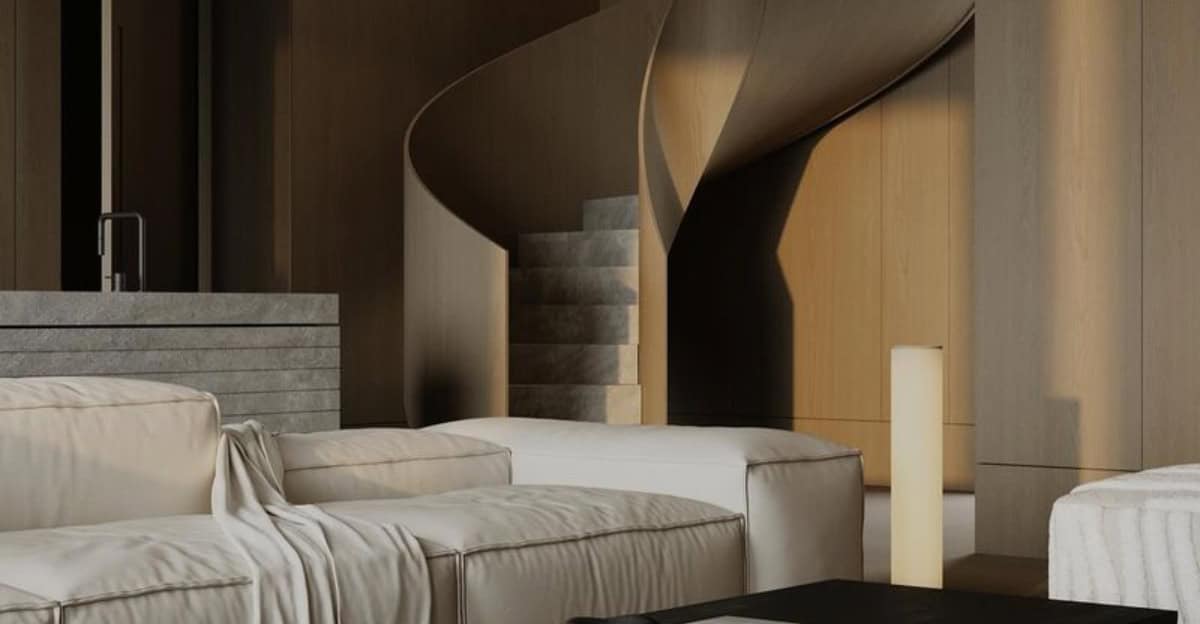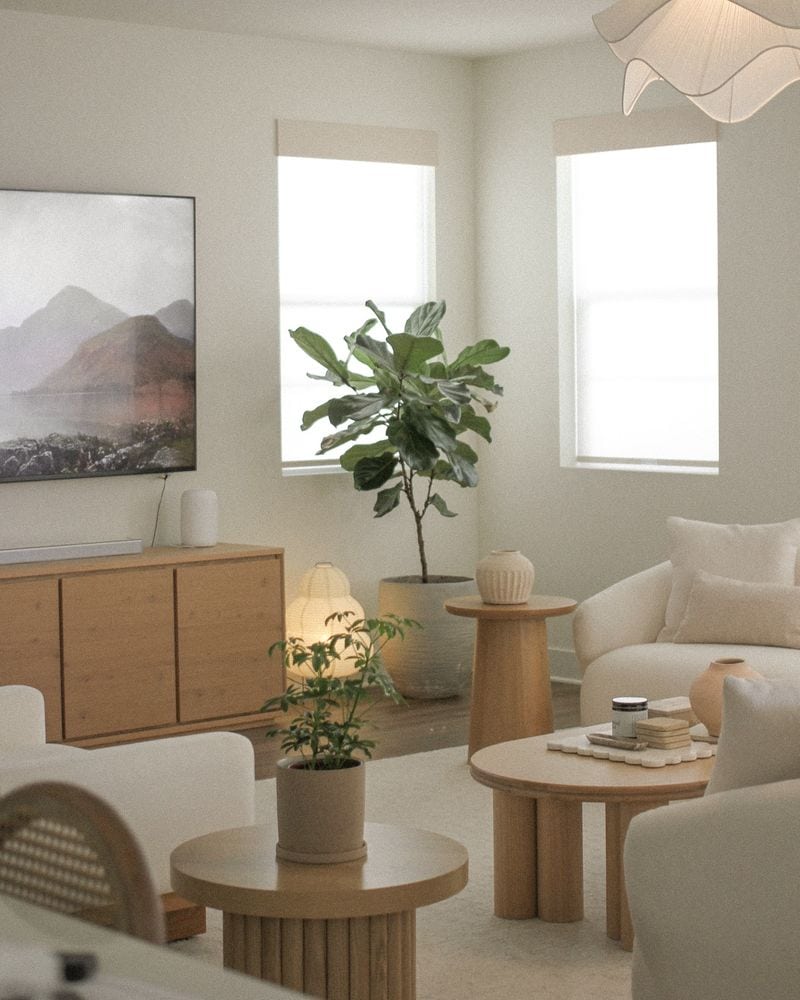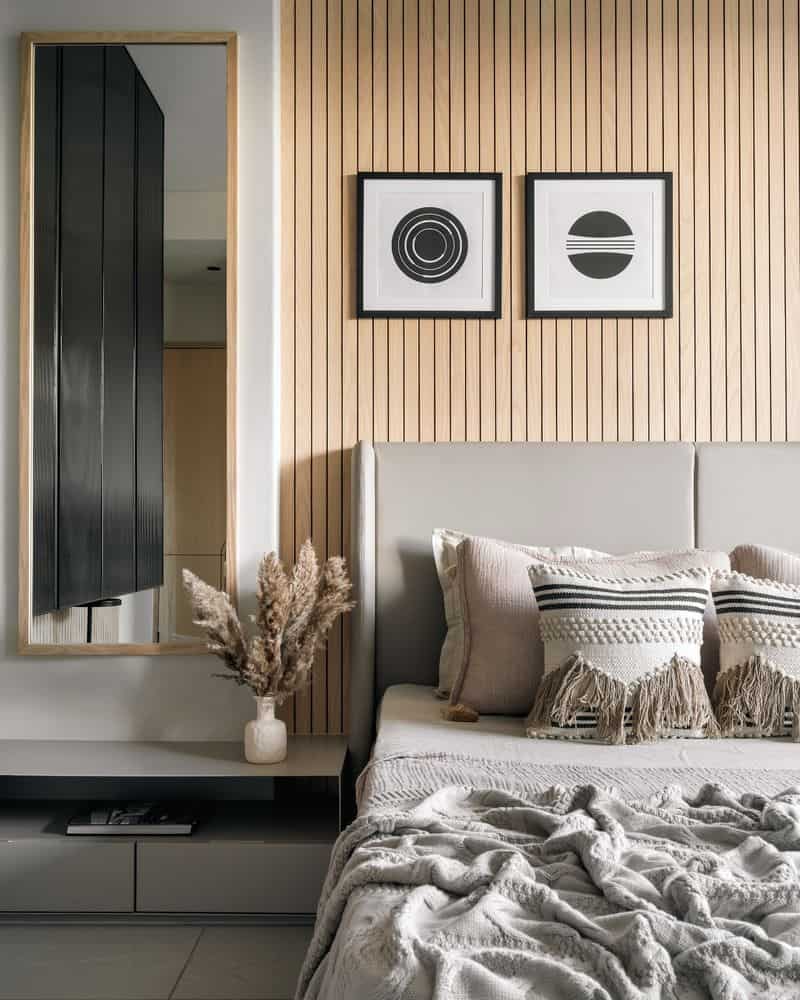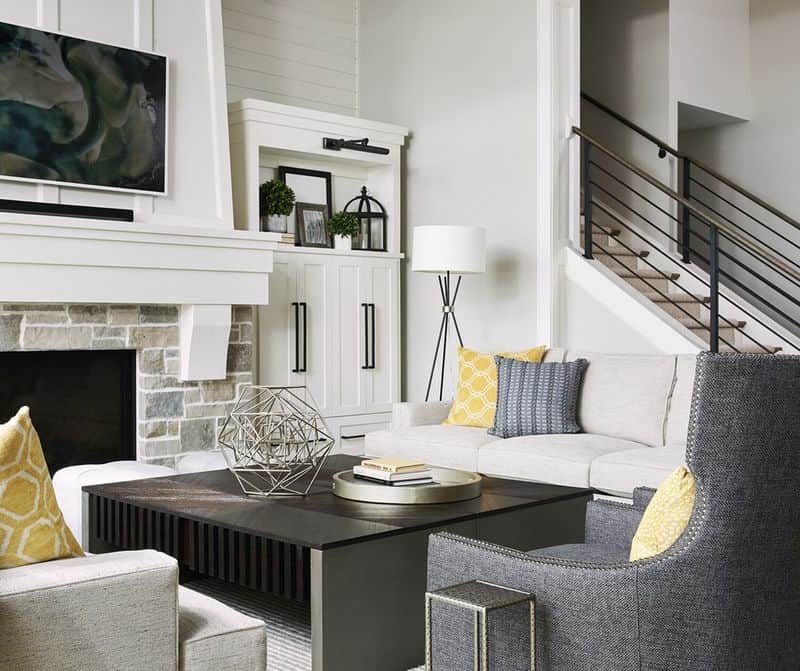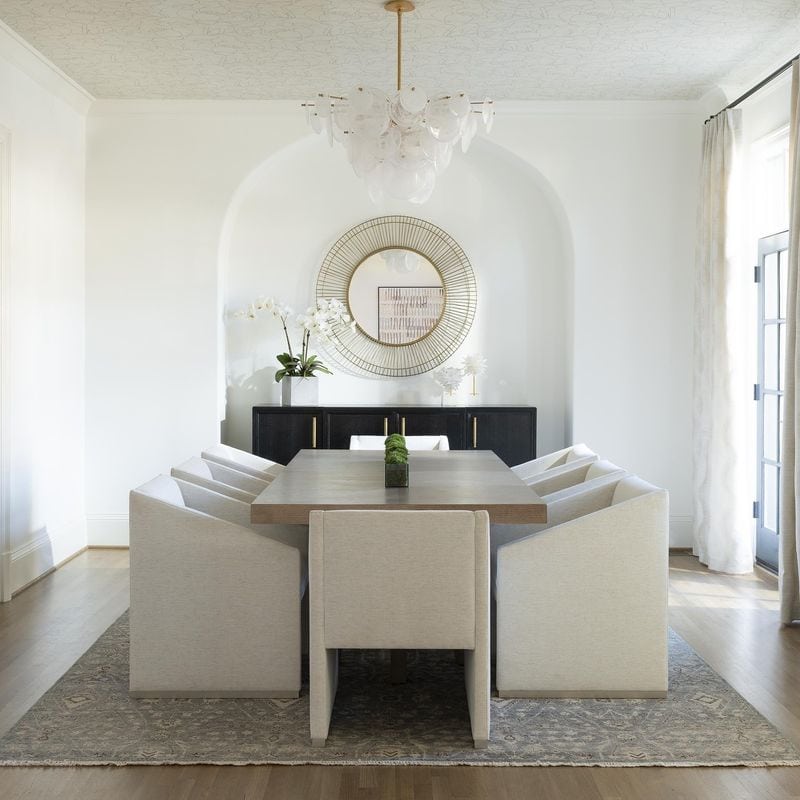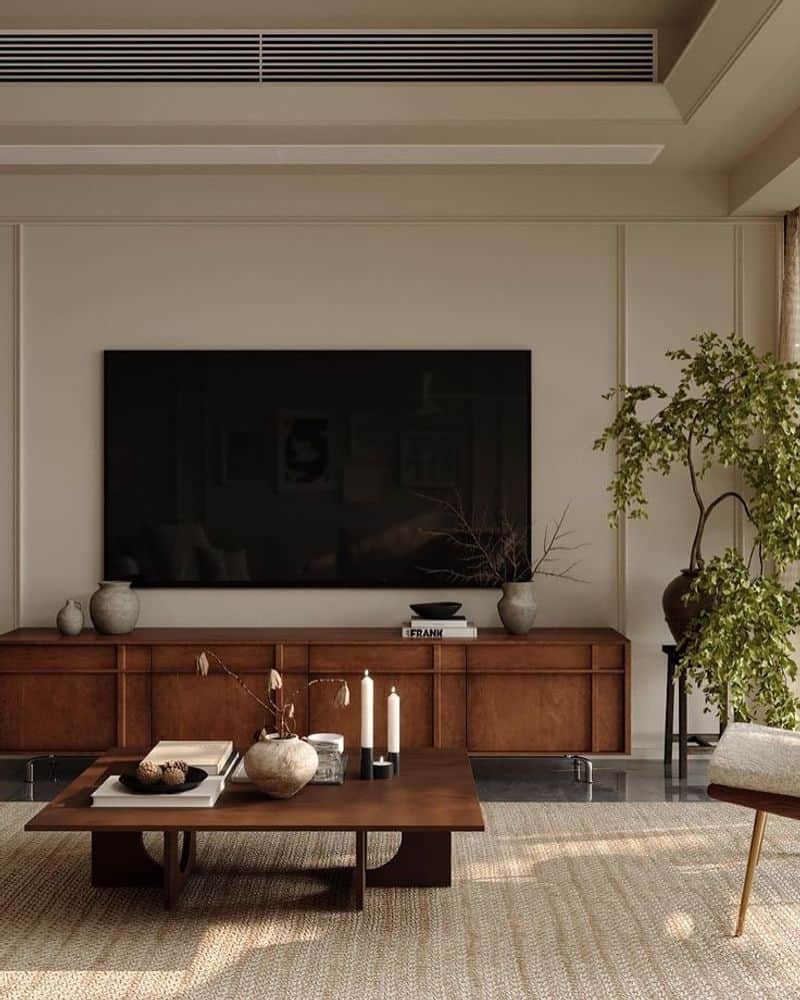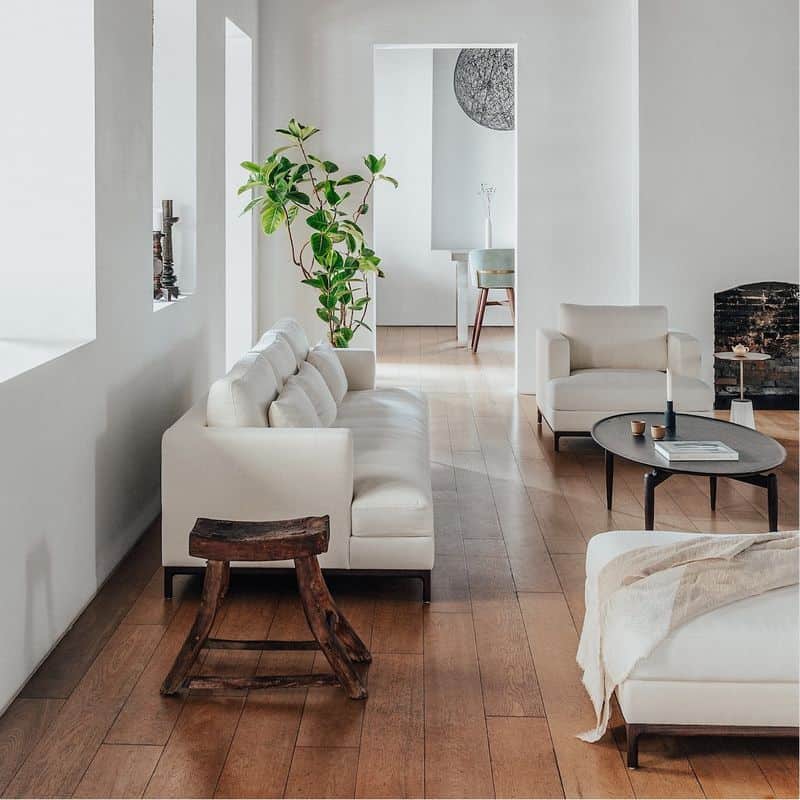Minimalism in decor has captured the imagination of many, yet it’s often surrounded by misconceptions that can deter the curious.
This article aims to debunk 10 prevalent minimalist decor myths, making the style accessible to everyone.
Whether it’s the idea that minimalism equals deprivation or the belief that it lacks personality, these myths can cloud judgment and hinder embracing this style fully.
Let’s shed some light on these myths and reveal the true essence of minimalism, empowering you to create spaces that are both functional and personal.
1. Minimalism Means Owning as Little as Possible
Minimalism isn’t about deprivation but intentionality. It focuses on curating your possessions to include only those that serve a purpose or bring joy.
Rather than stripping your home bare, minimalism invites you to thoughtfully select what you truly need.
This focus on essentials can transform your space into a sanctuary of purpose and joy. It’s not about having nothing; it’s about having what matters most, breathing life into every corner.
2. Minimalist Spaces Are Cold and Uninviting
Minimalist design can indeed be warm and inviting. The use of textures, natural materials, and personal touches can create a cozy atmosphere.
Far from being stark and cold, these spaces offer warmth and welcome. The careful selection of materials and colors ensures that the room feels like home.
It’s minimal, yes, but full of comfort and charm that draws you in, allowing you to feel embraced by the space.
3. Minimalism Requires a Monochromatic Color Scheme
While neutral tones are typical, minimalism doesn’t limit you to a monochromatic palette. Thoughtfully chosen colors can enhance the simplicity and harmony of a space.
These elements of color add depth and interest without overwhelming the space. Minimalism allows for creativity with color, encouraging a balance that pleases the eye.
It’s about using color as a tool to highlight simplicity, not hide it, adding a personal touch to your decor.
4. Minimalism Is Only for the Wealthy
Minimalism is accessible to all, regardless of income. It’s about deliberate choices that focus on quality and necessity, often leading to financial savings.
By prioritizing quality over quantity, minimalism enables you to create beautiful spaces without breaking the bank.
It’s about smart shopping and choosing what truly adds value. This approach fosters a sense of satisfaction and accomplishment, proving that minimalism is about mindset rather than money.
5. Minimalists Don’t Shop or Buy New Items
Minimalists do shop, but with intention. They prioritize purchasing items that are necessary, high-quality, and align with their values, avoiding impulsive buys.
It’s not about avoiding shopping altogether but about making thoughtful choices. This mindful approach prevents clutter and ensures that every item brings joy or serves a purpose.
Minimalism encourages a more meaningful relationship with possessions, where each purchase is intentional and valued.
6. Minimalism Is Just a Trendy Aesthetic
Minimalism transcends fleeting design trends. It’s a lifestyle choice focused on simplicity, clarity, and intentional living.
This enduring appeal goes beyond mere aesthetics, promoting a way of life that emphasizes what truly matters.
Minimalism is about crafting spaces with purpose and elegance, where simplicity reigns and distractions are minimized. It invites a tranquil and balanced way of living that’s anything but a passing fad.
7. Minimalism Means Getting Rid of Sentimental Items
Minimalism encourages keeping items with genuine sentimental value. It’s about eliminating clutter, not cherished memories.
Rather than discarding meaningful possessions, minimalism allows them to shine, surrounded by simplicity.
It’s about creating a harmonious environment where memories are treasured and clutter is minimized.
This thoughtful curation of belongings ensures that what remains resonates with personal significance and emotional connection.
8. Minimalism Isn’t Practical for Families or Kids
Minimalism can be highly beneficial for families, reducing clutter and creating more functional spaces.
This approach fosters an environment that’s both calming and stimulating, perfect for family life.
Minimalism offers practical solutions that cater to the needs of all family members, promoting a sense of order and tranquility.
It’s about crafting spaces that grow with the family, accommodating change without becoming cluttered.
9. Minimalist Spaces Lack Personality
Minimalist spaces can reflect personal style with carefully selected decor, artwork, and furnishings.
This thoughtful curation allows personality to shine within the simplicity. Minimalism doesn’t strip away identity; it highlights it through intentional choices.
The space becomes a canvas for expressing personal stories and experiences, creating a home that’s as unique as those who inhabit it.
10. Minimalism Solves All Life’s Problems
While minimalism can reduce stress and increase clarity, it’s not a cure-all. It helps focus on what truly matters, but doesn’t eliminate life’s inherent challenges.
Minimalism provides tools for a more intentional life, aiding in navigating daily stresses. However, it doesn’t erase problems but offers a clearer path through them.
This realistic view of minimalism embraces its benefits while acknowledging that life remains unpredictable and multifaceted.

